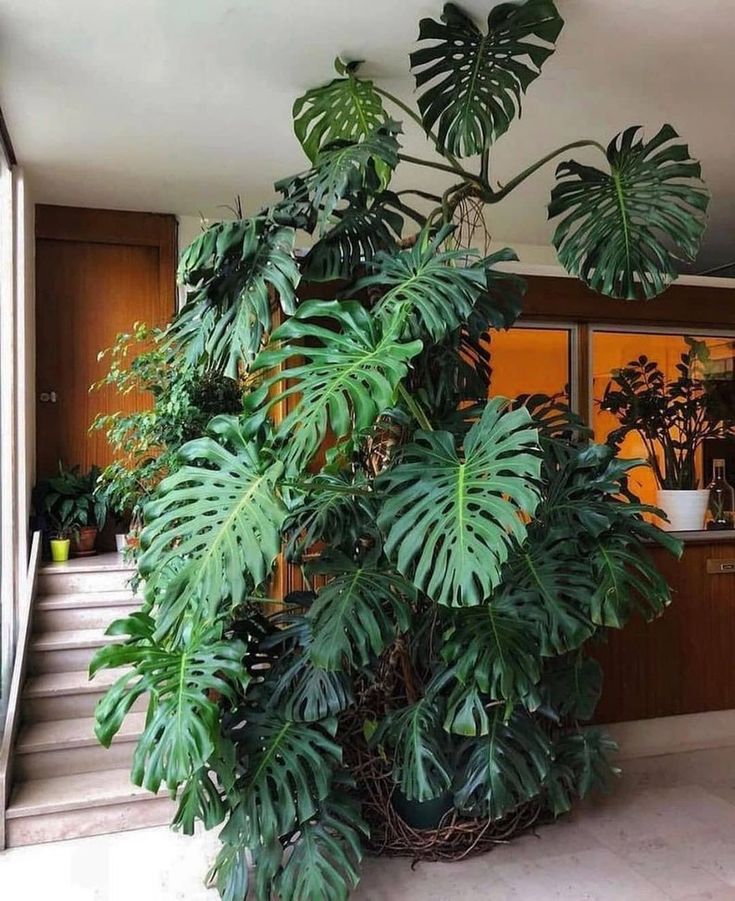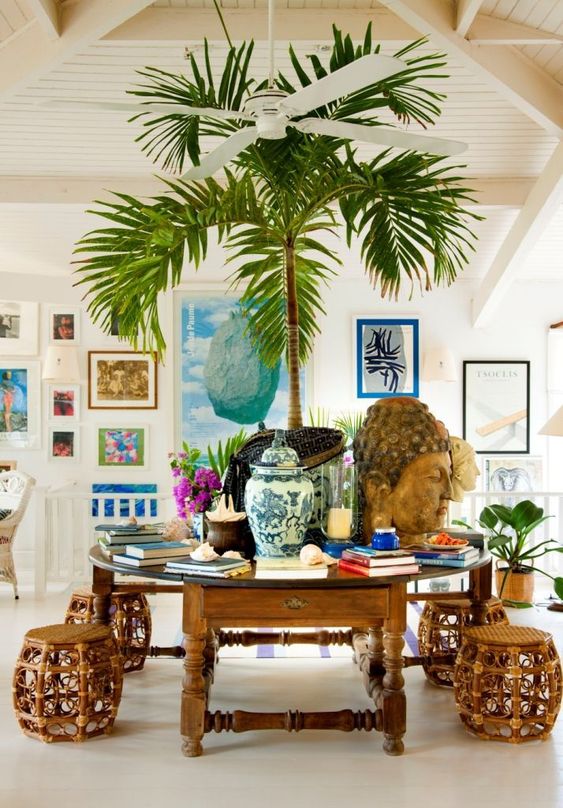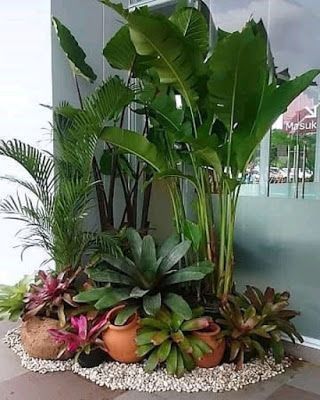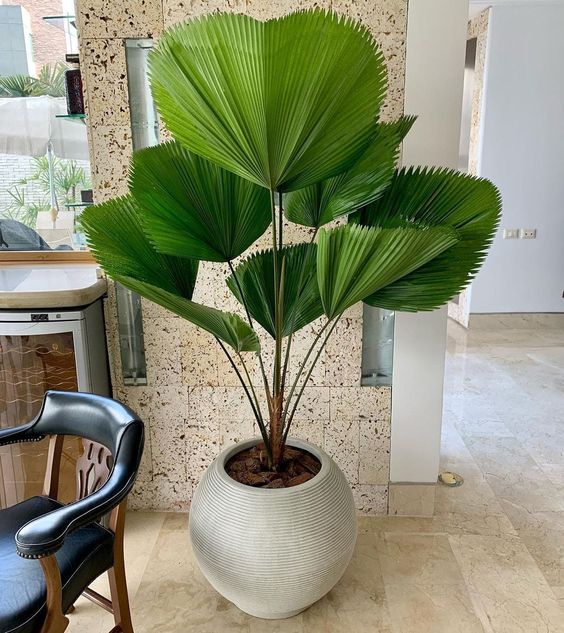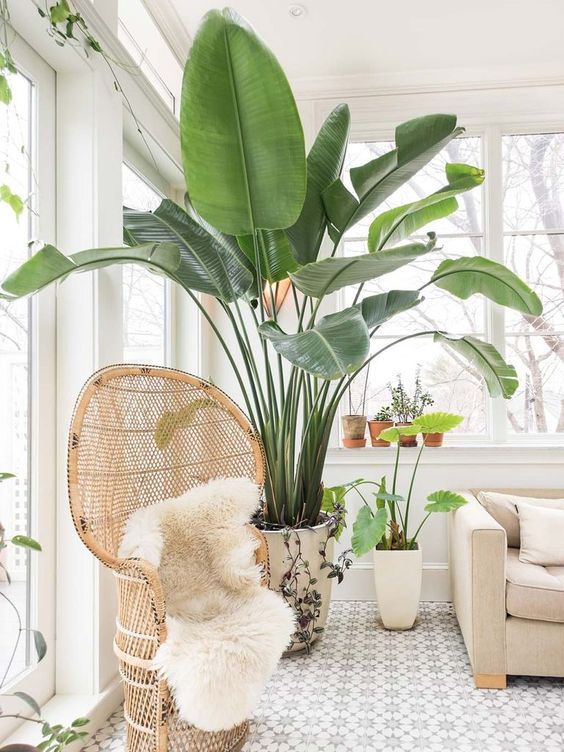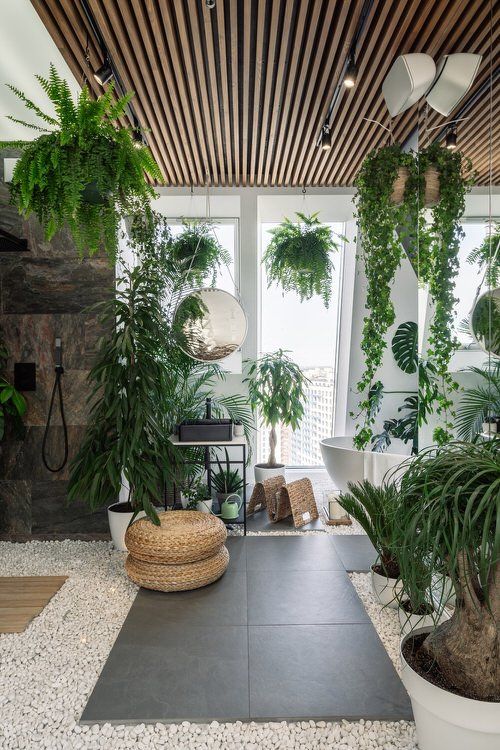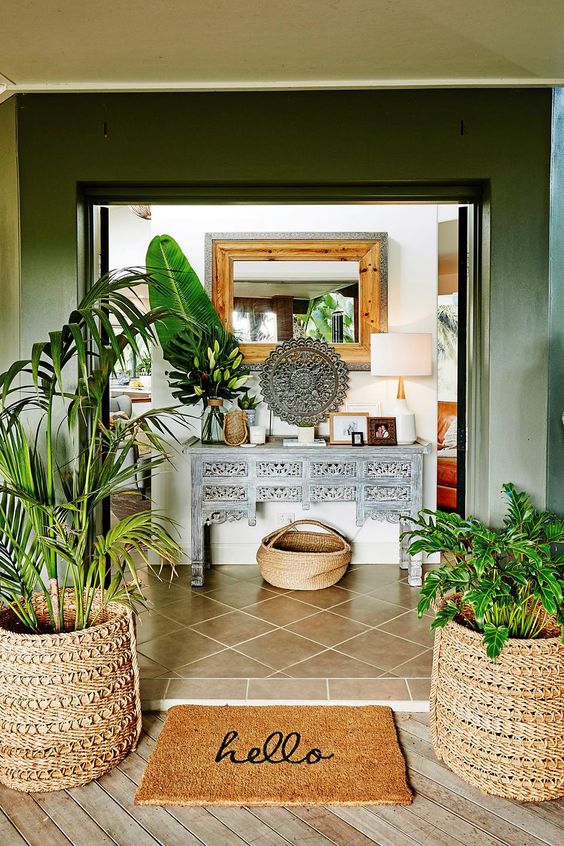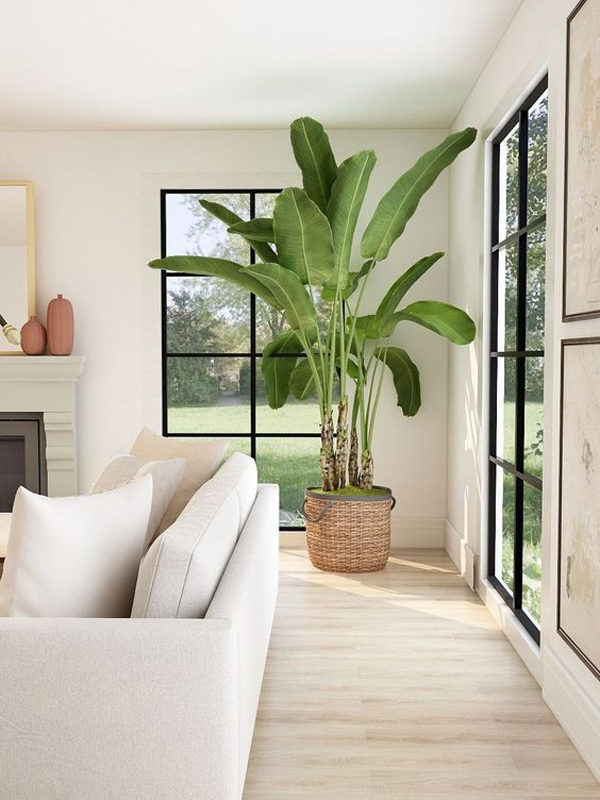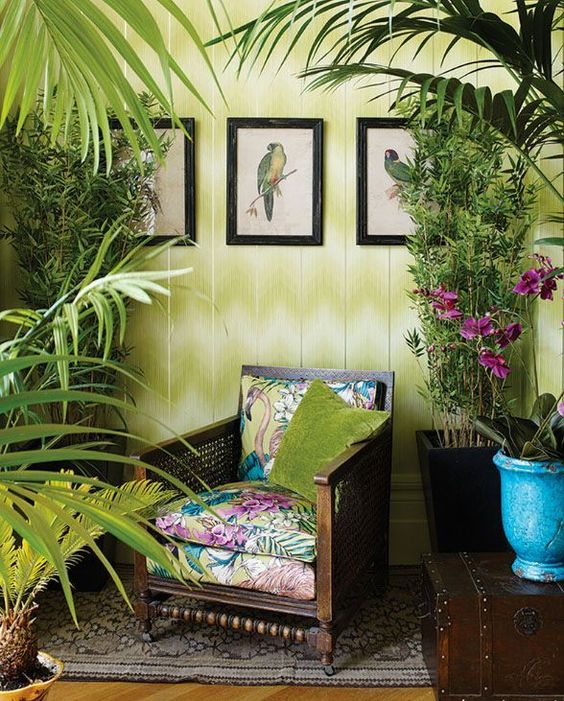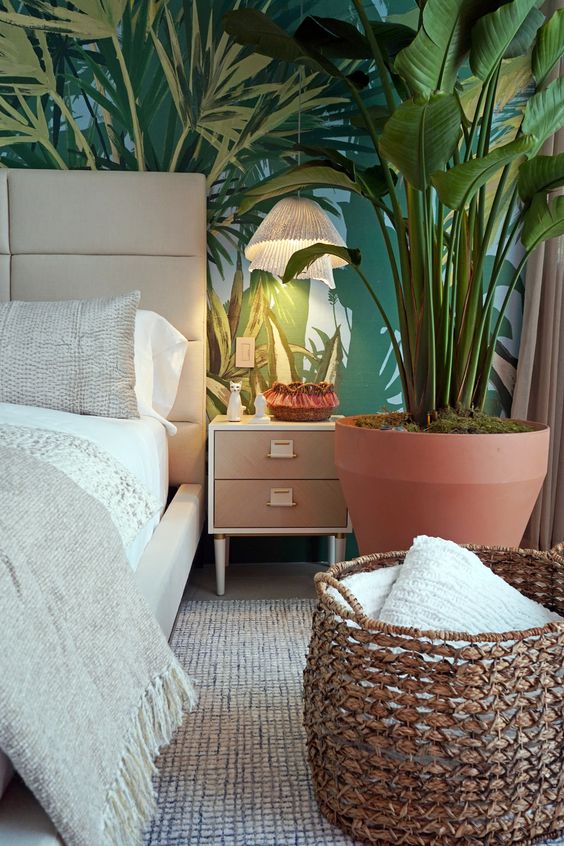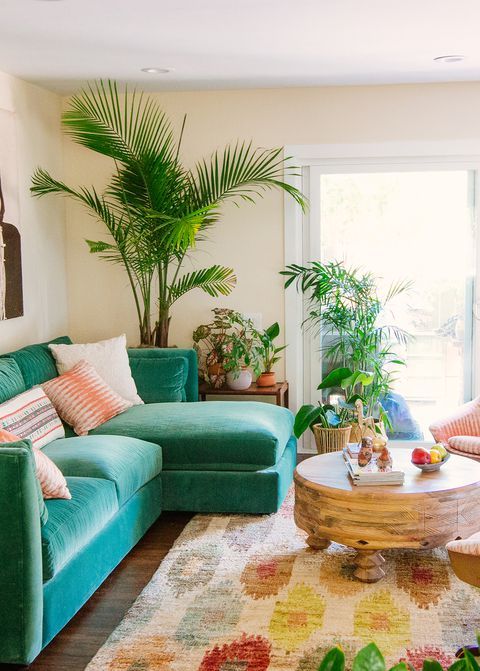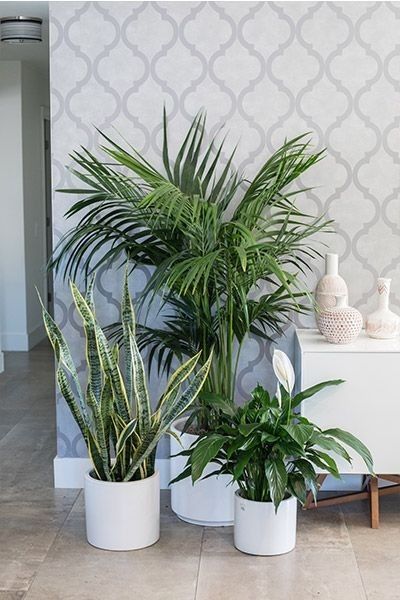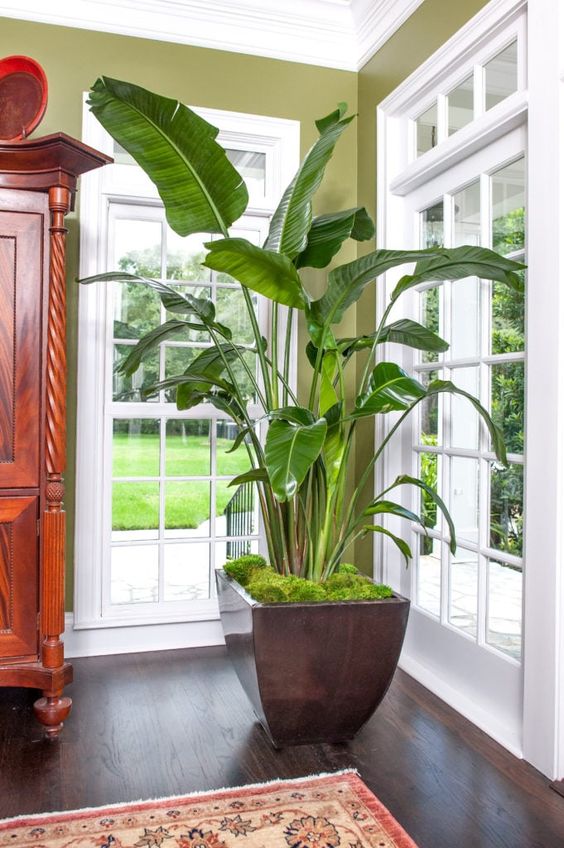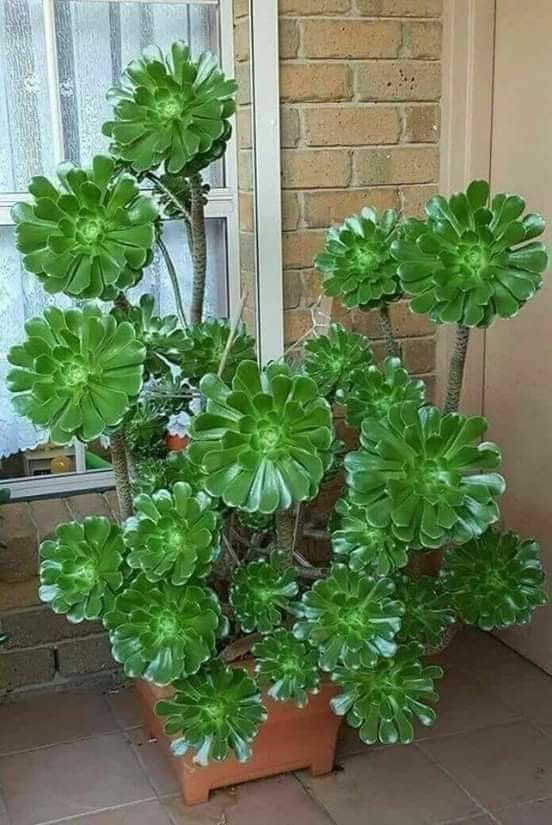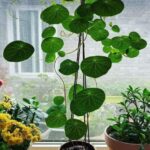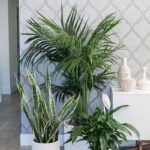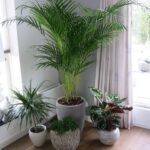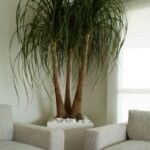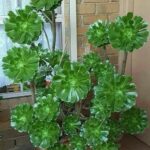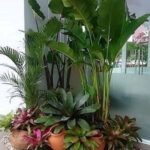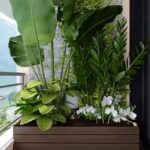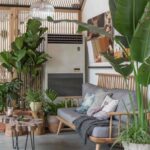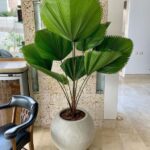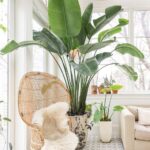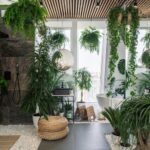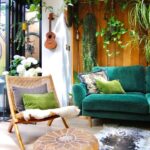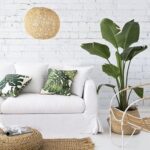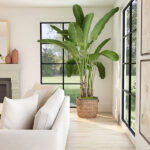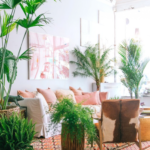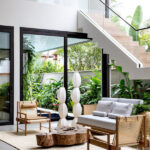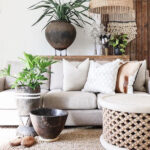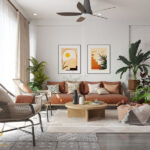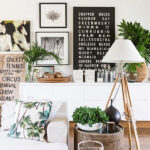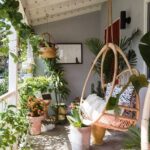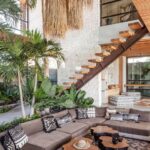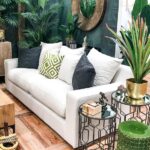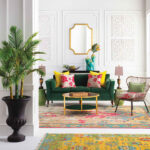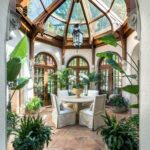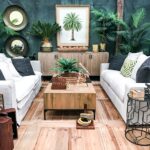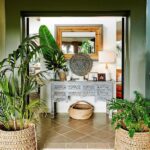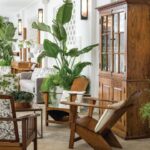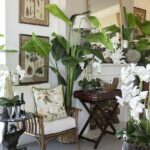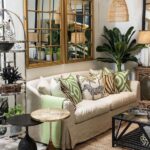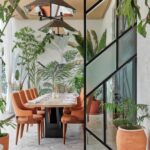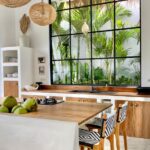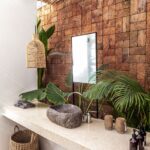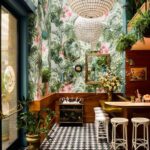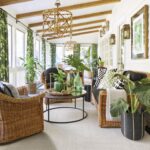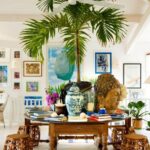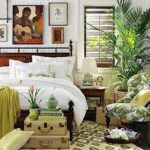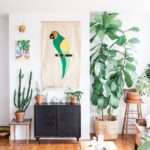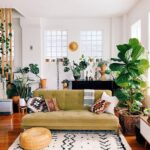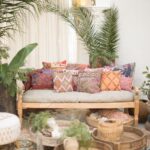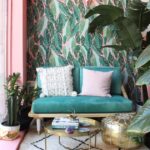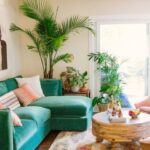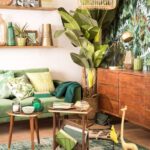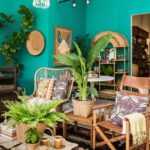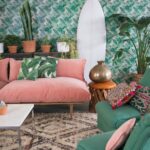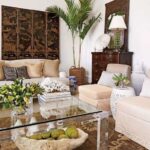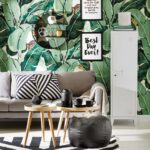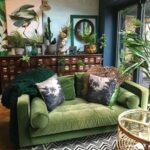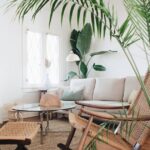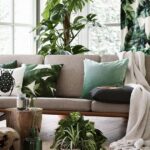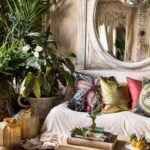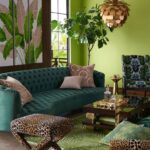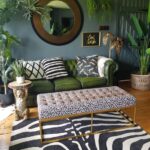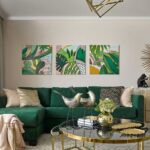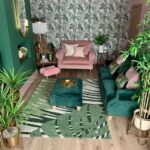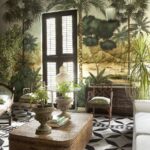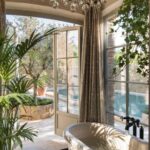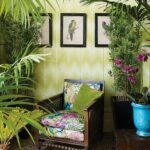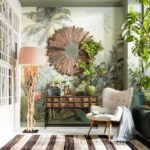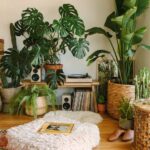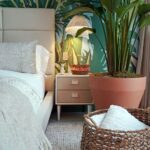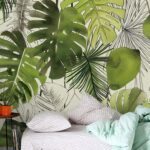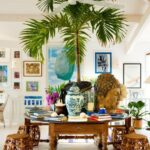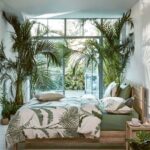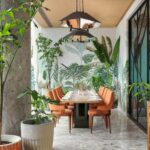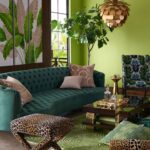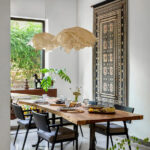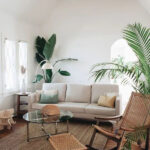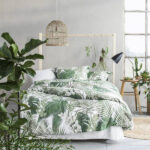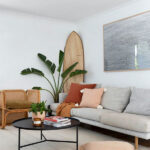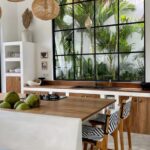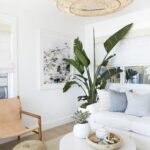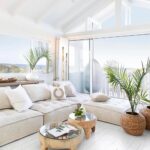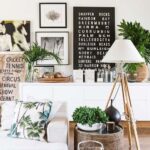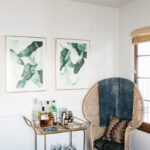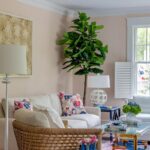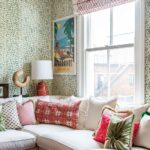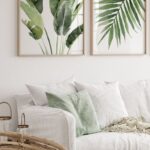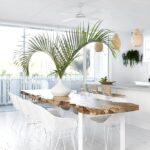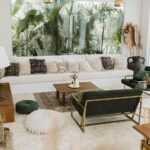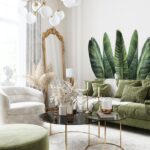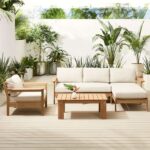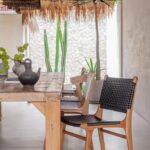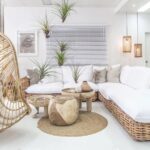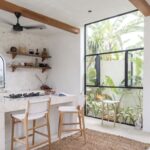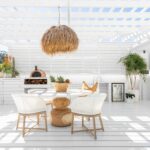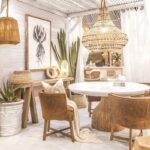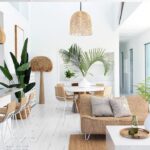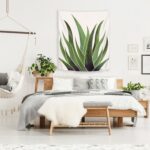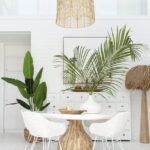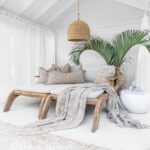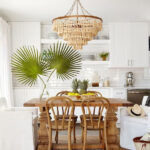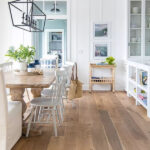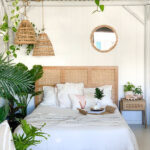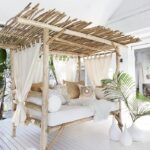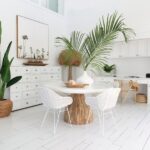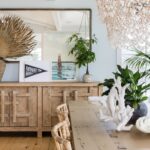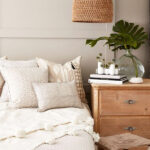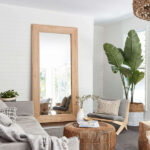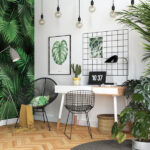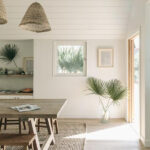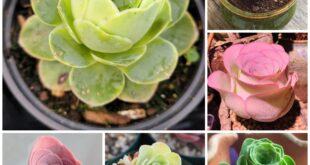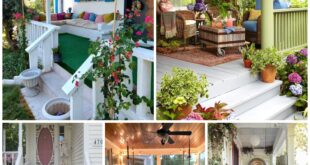Tropical designs aren’t just about tiki huts and pink flamingos. In fact, the best tropical spots take their cue from nature, with an emphasis on relaxation, comfort, and a dash of fun. While the tropical style is more modern, its overall design dates from the 19th century. This was the British colonial style where globetrotting adventurers invited light into their homes and filled them with exotic decor, tropical plants and large design motifs.
Today we see the evolution of tropical style, where designs that evoke lush jungles and sun-kissed shores are never far away.
Bring color into play
When you look at tropical design, the first thing that strikes you is the colour. This style is all about welcoming in the vibrant tones of the tropics, where blues, greens, yellows, pinks and reds mix with soft sandy beiges and cool forest floor browns.
The beauty of tropical style is that there isn’t just one color palette. You can use jewel-like tones on upholstery reminiscent of turquoise tropical waters and a medley of floral blossoms. You can also keep things more subtle, with a neutral backdrop, bamboo or seagrass furniture, and decor with a few splashes of tropical color.
On the other hand, you can go all out with vividly patterned wallpaper, sturdy large-leaved plants, and lots of dark-wood furniture made from species like teak, cocobolo, canary, or rosewood.
Get creative with patterns
Another way to show off the tropical style is with a set of patterns. The tropics abound with rich plant designs, from the vibrant banana leaf to the speckled Dieffenbachia leaf to the delicate split-leaf philodendron. We love seeing these leafy patterns alongside large floral prints or interspersed with geometric or animal prints.
To find your matching pattern, think about your interior design preferences and ask yourself, are you a minimalist or a maximalist? If you’re leaning toward minimalism, opt for smaller patterns on bedspreads, curtains, or throws. For a touch of tropical splendor, we recommend hanging a subtly patterned wallpaper on one wall.
If you’re a maximalist at heart, go big on the patterns. You can celebrate the style with vibrant wallpaper with a beautiful display of tropical leaves, rugs with cozy prints, and pillows with animal shapes or leaves.
It’s true that flashy wallpaper can become too overwhelming when applied to all the walls of a large room. To make a living room or bedroom look tropical and chic, just wallpaper the longest wall and paint the rest. Small spaces like powder rooms are an exception, so get creative with this paper!
Refresh yourself with plants
We’ll be right out and say it: there’s no tropical design style without plants. Decorating rooms with plants is one of the easiest ways to bring in a tropical flair. Plants also give the room a lively presence while helping to purify the air.
Many of the most common houseplants are actually tropical in origin, so all you have to do is visit local stores to find the perfect plants. Here’s our tip: skip the garden center and go straight to the indoor section. Here you will find tropical plants such as date palms, rubber plants, philodendrons, anthuriums, bromeliads and orchids.
You should consider the lighting and water requirements for each plant. Then place potted plants around sofas and chairs, near windows, on coffee tables and anywhere they add to the tropical ambiance.
Accessorize with art and decor
Along with furniture and plants, the tropical style isn’t complete until you add the perfect art and decorations. To start, we recommend hanging a mix of botanical paintings, fun bird and animal images, and eclectic prints that evoke your take on the tropics.
Décor objects can range from glamorous to whimsical, from classic to boho chic. You might like carved wooden bowls, clay pots, pineapple ornaments or tropical table lamps. Arrange them in odd-numbered groupings for the right balance – three is often the magic number.
brighten
Finally, play with natural light to open up a space and give it a tropical feel. Don’t worry if your home doesn’t get as much sun in the late afternoon! Work with what you have and remember that tropical lighting is very variable.
 TopsDecor.com Home Decor Ideas
TopsDecor.com Home Decor Ideas
